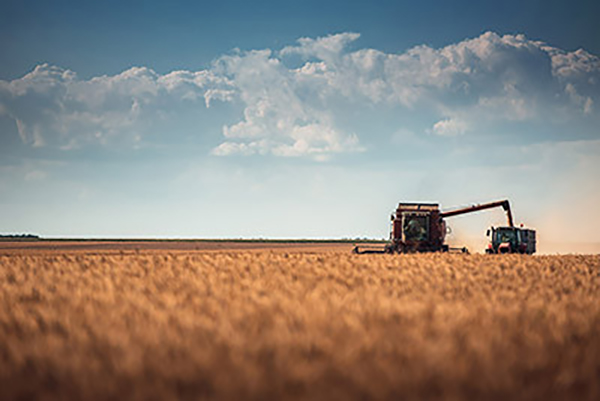Government payments can throw a wrench in long-term budget planning.
The last month of 2019 saw signs that there is life in the ag economy. But some of that life isn’t fundamental to the ag marketplace and could throw a wrench in 2020 farm financial planning, making it of utmost importance to stay focused on sound, fundamental decision-making and not get distracted by things like trade wars and resulting farm payments.
Multiple reports toward the end of 2019 indicated the year was wrapping up with improved financial performance and resulting sentiment in farm country. While USDA-ERS showed a 10-percent year-over-year climb in net farm income and a 15-percent rise in net cash farm income, economists at the Purdue University Center for Commercial Agriculture reported the Purdue/CME Group Ag Economy Barometer rose in November to tie the highest level of 2019.
Those numbers are indeed encouraging; but beyond the ones grabbing the majority of the headlines around the country lies one that stirs slightly less optimism. Based on income projections and partly on payments distributed to farmers and agribusiness people by the federal government as part of the Market Facilitation Program (MFP), almost one third — 31 percent — of the projected 2019 farm income will comprise government payments (also including conservation payments, crop insurance and other “normal” farm payments).
There are market fundamentals that give farmers reason to be optimistic heading into 2020, but the growth of government payments as a percentage of overall farm income could complicate farm financial planning for the next year. There are clear, distinct trends in most agricultural markets that have seasonality and can be accounted for in a long-term farm financial management plan; for example, establishing a farm’s breakeven price can help an operator determine the best strategies for purchasing crop inputs. Other fundamental questions to answer in building a year-long budget strategy and making changes therein that can be beneficial in the long-run include:
-Is my marketing plan what it needs to be and do I have the parameters identified?
-At what prices do I need to sell my grain/livestock to generate revenue?
-Where is my revenue the strongest? The weakest?
-What are my land costs?
-What are my insurance costs?
There are distinct, specific answers to these questions, and integrating those answers into your long-term plan will contribute to its overall success. If you know your breakeven price for your 2020 corn crop now, for example, you will be able to make much better-informed purchase decisions for seed, fertilizer and fuel.
Even though the financial outlook for the general ag sector is, on paper, more optimistic heading into 2020, almost one third of U.S. ag income potential comprises government payments. The Market Facilitation Program helped more producers make ends meet while the grain markets bore the brunt of global trade disputes, those and other government payments are difficult to account for in a long-term budget strategy. The main reason is the ad hoc nature of MFP payments. How can farmers budget based on ad hoc payments, and how can lenders loan into this sort of scenario? Compared to the questions mentioned earlier, the answers to these are much more difficult to identify.
While it is good to see data that point to some optimism in farm country, it’s also difficult to take much constructive from headlines touting farm income high-water marks, especially given the inconsistent, sporadic nature of financial supports like MFP payments and the price volatility they cause. As we head into 2020, it’s going to be more important than ever to stick to the fundamentals in your farm’s budget planning. Though government payments may make up a much larger percentage of farm income, it’s better to focus on being the low-cost producer and maintain a strong balance sheet without factoring MFP and other payments into your overall budgeting.
If you’d like a boost in managing your farm’s budget and account for government payments in that budget, start by contacting us today.





